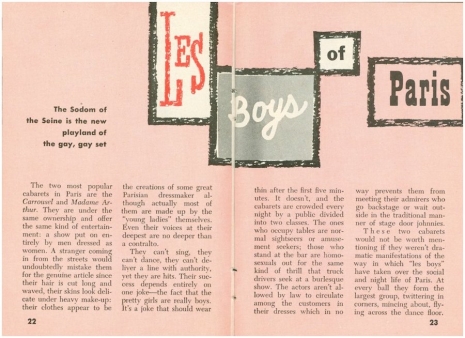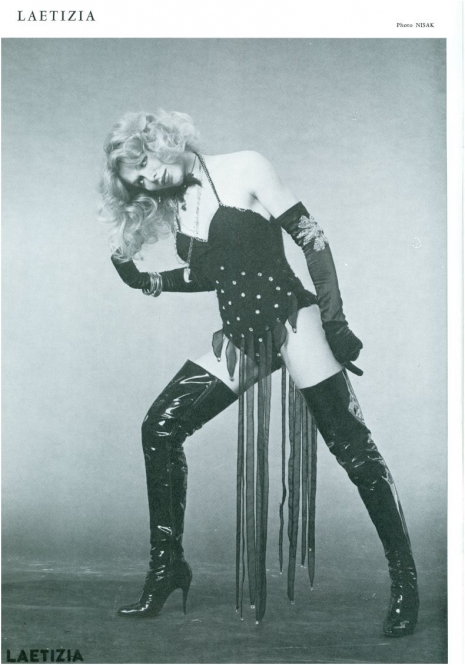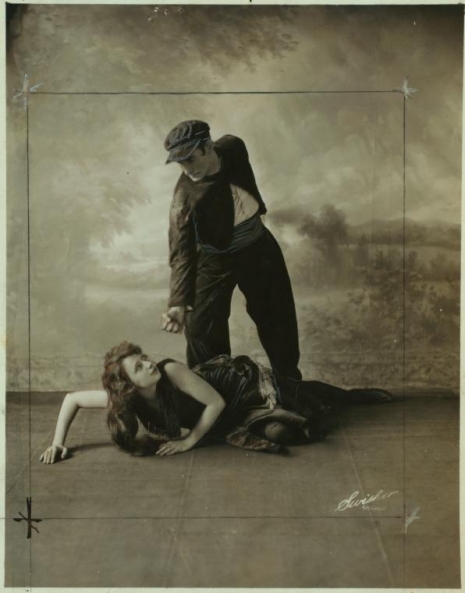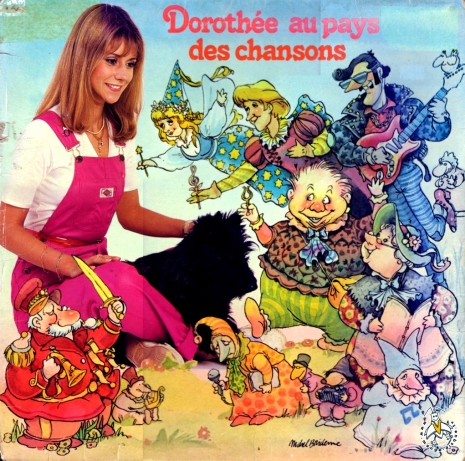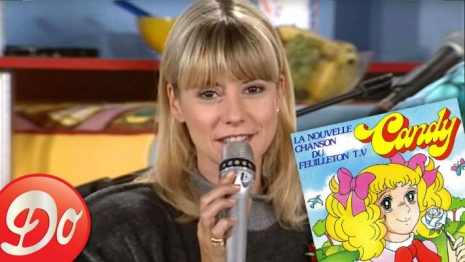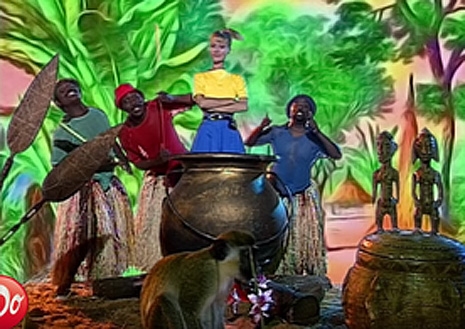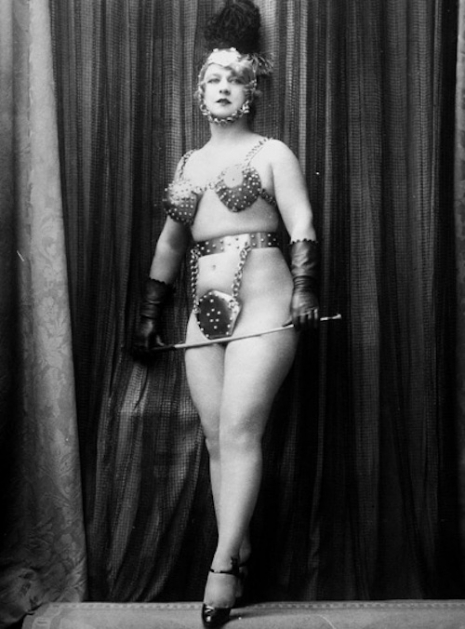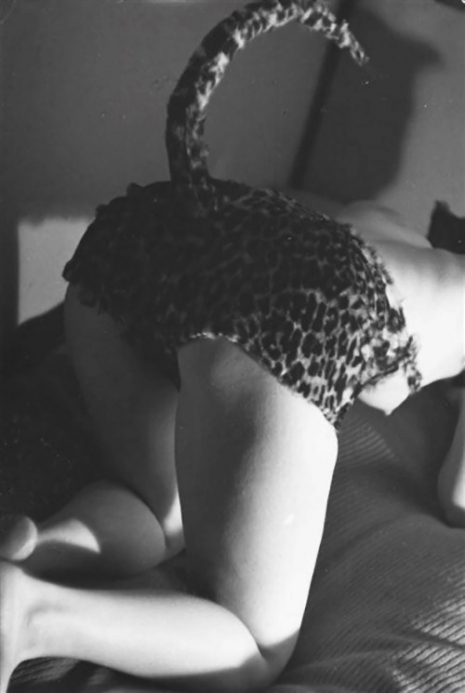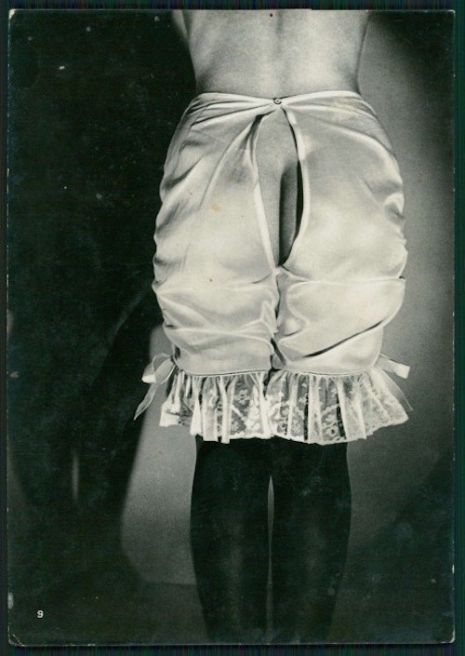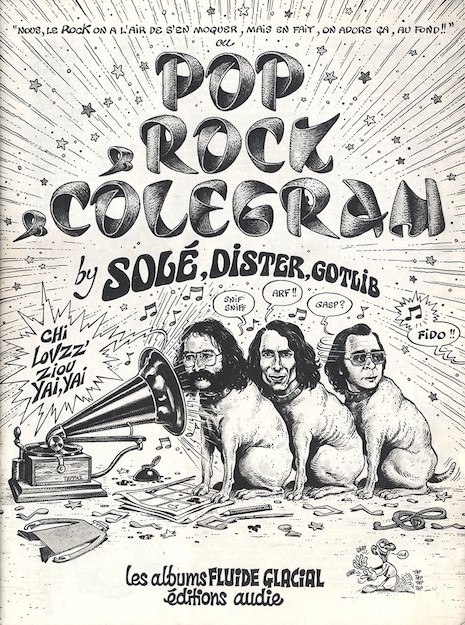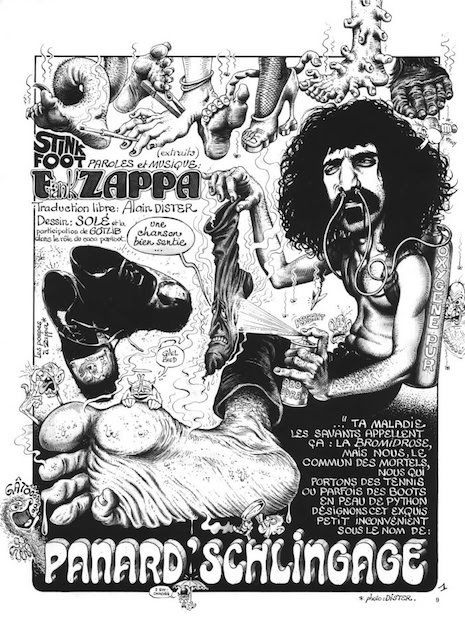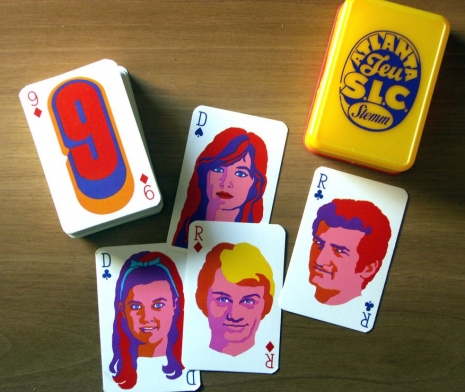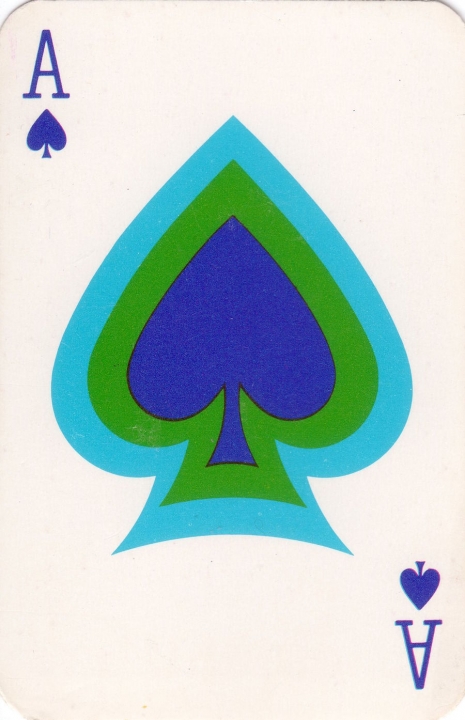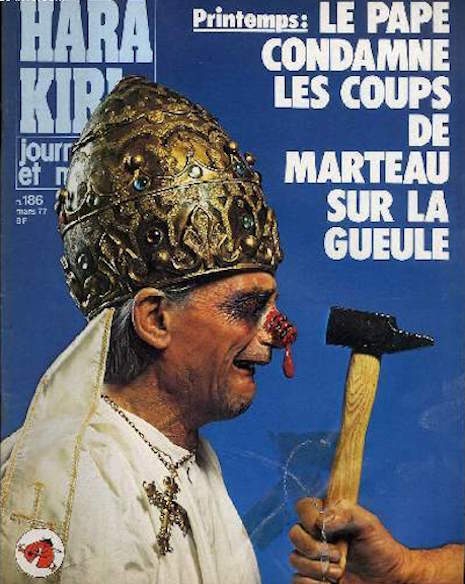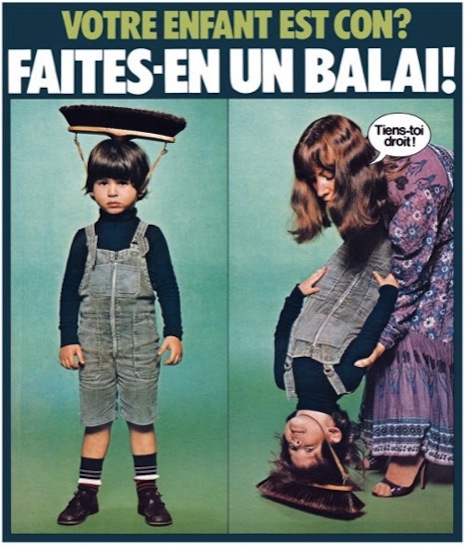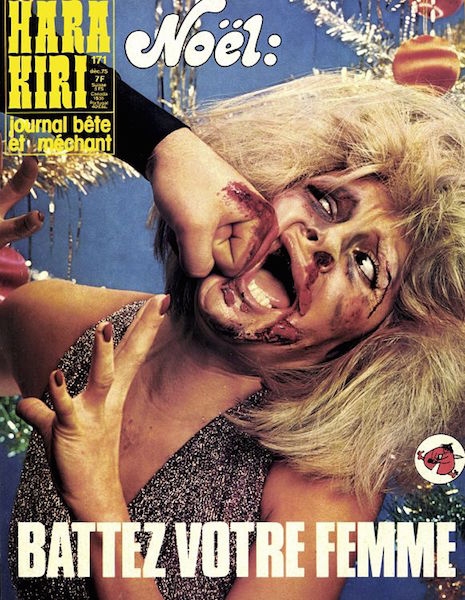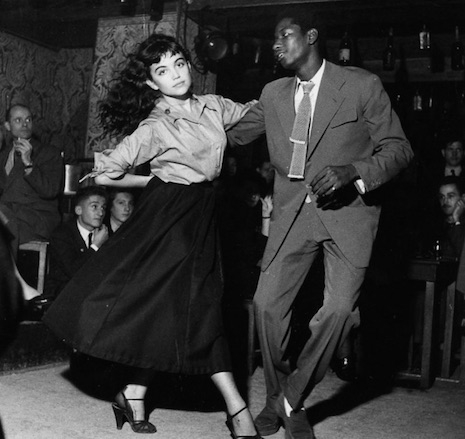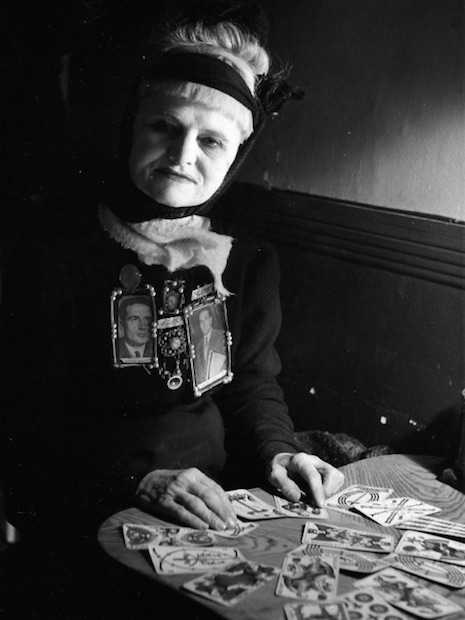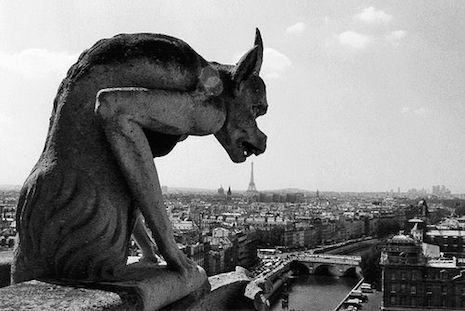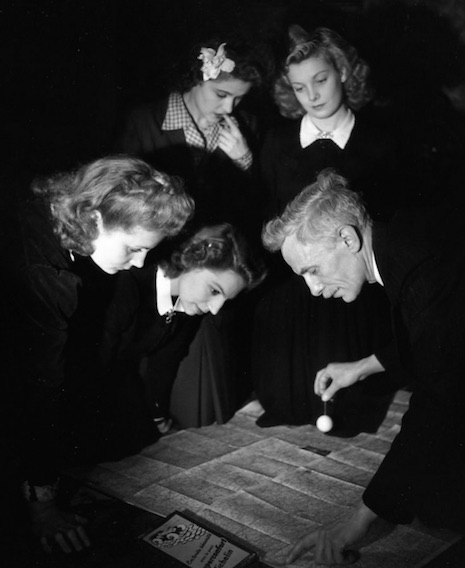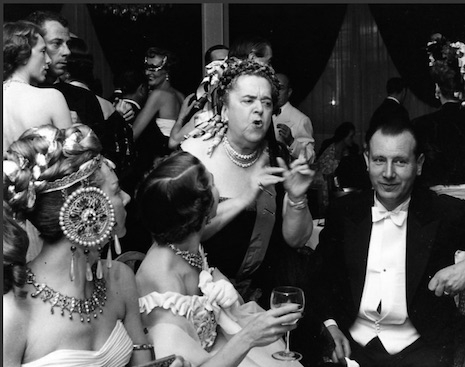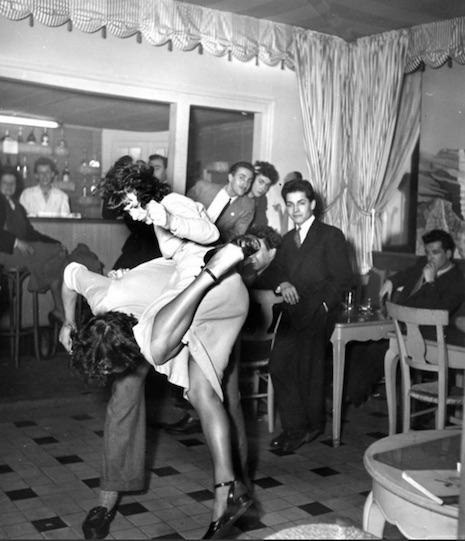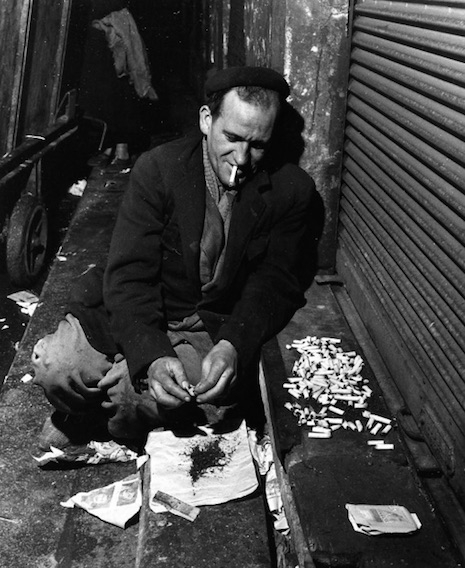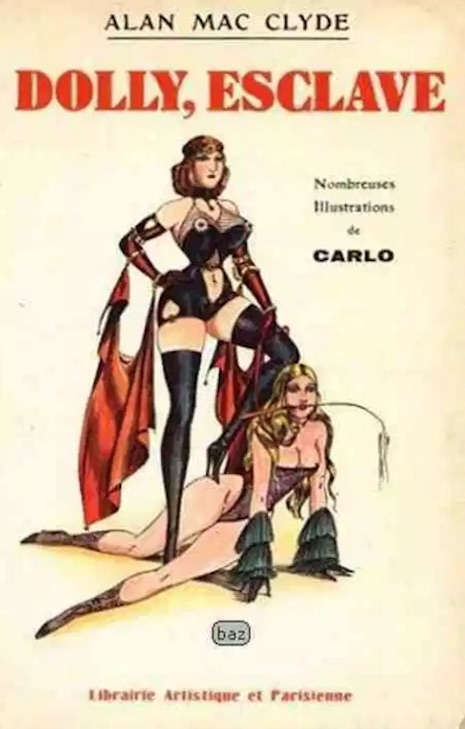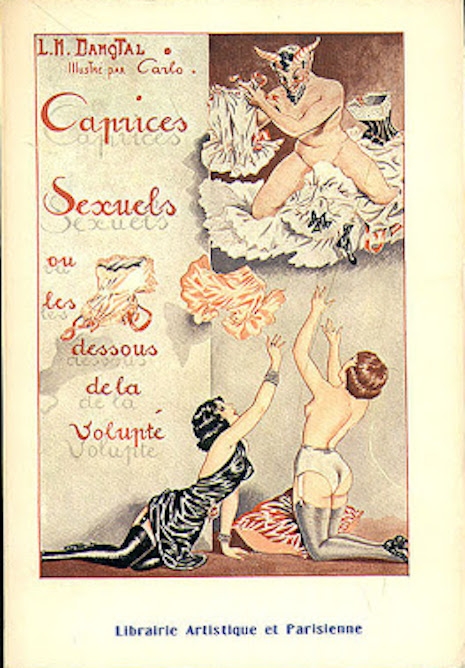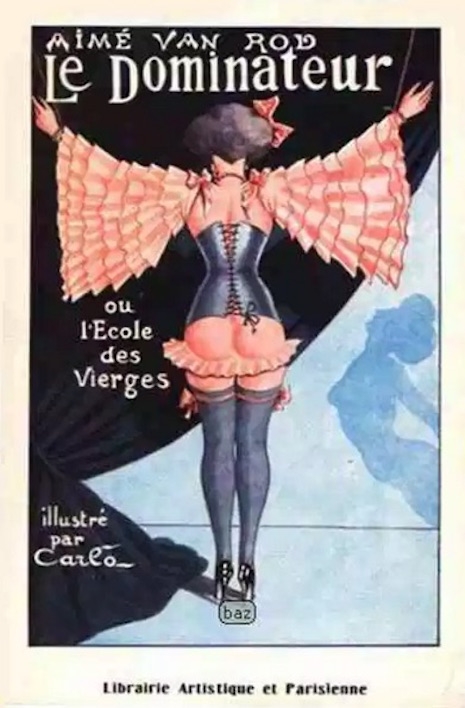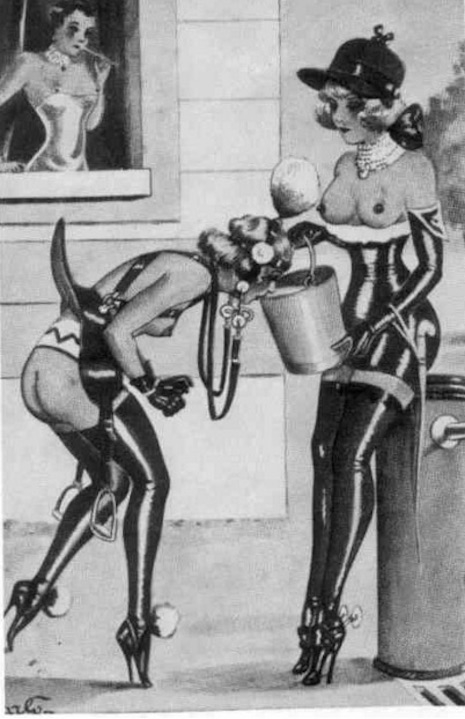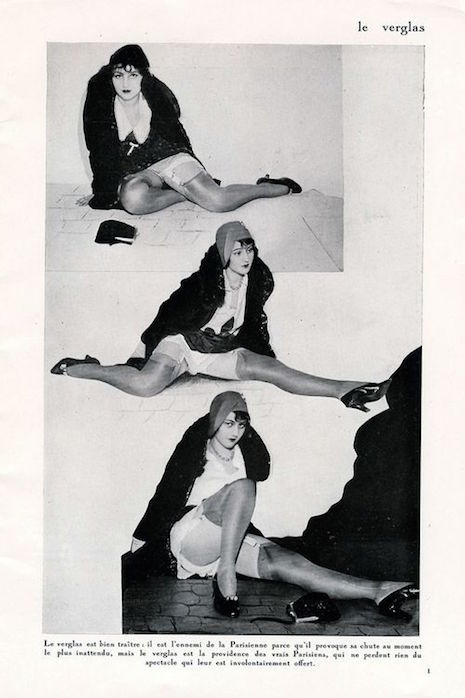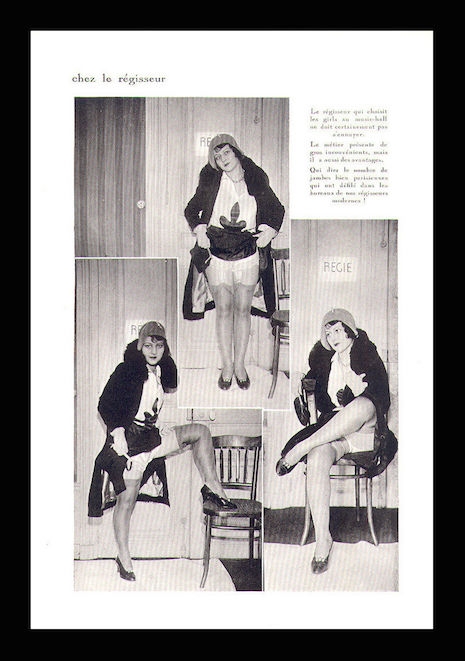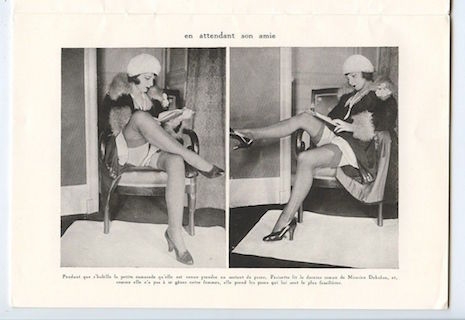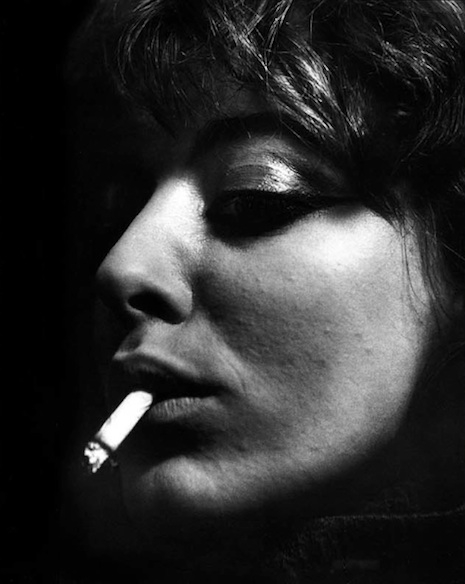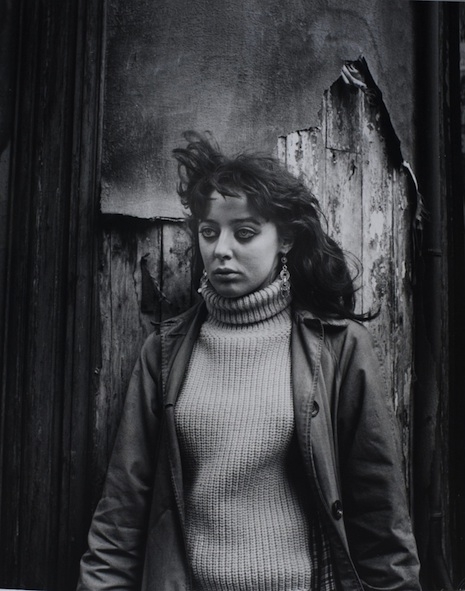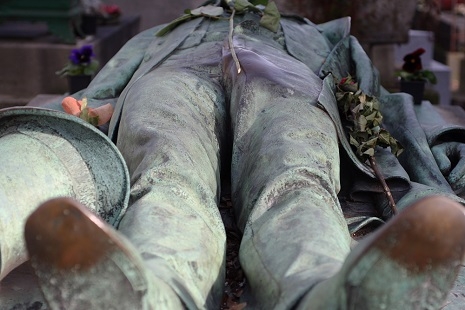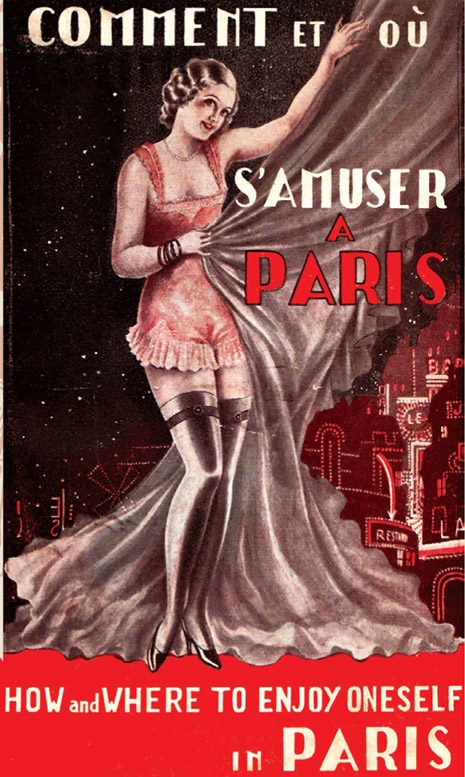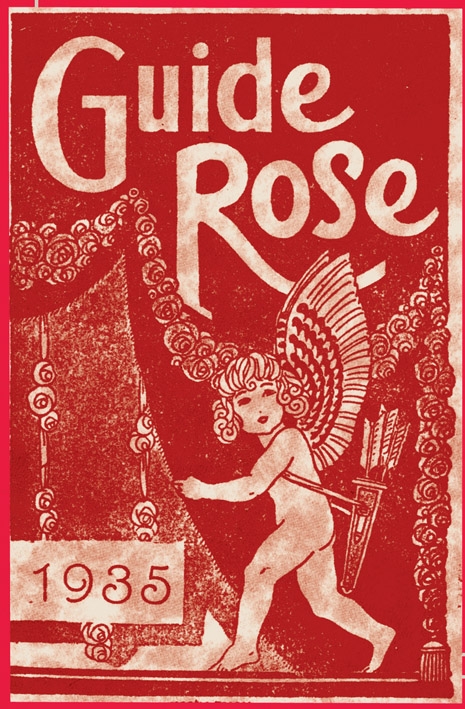
Alain Voss’ famous artwork for the cover of ‘Jardim Elétrico,’ the 1971 album by Brazilian psych-rock trio Os Mutantes
Born in France, artist Alain Voss would spend much of his early life in Brazil. Once the violence and repression associated with the Brazillian dictatorship established in 1964 came to a head in the early 1970s, Voss would return to France where he continued to work as an illustrator and painter.
During his long career—which was cut short when Voss passed away at the way-too-young age of 65—his artwork had been used widely by Métal Hurlant, which when translated to English means “Screaming Metal.” Métal Hurlant has been referred to as one of the most influential comics to ever come out of France, and with good reason. Among the collaborators and creative minds behind Métal Hurlant were Mœbius (aka the great Jean Giraud), Italian comic writer and artist Milo Manara, American artist Richard Corben, and French comic artist Philippe Druillet. Writing contributions for the publication came from the likes of Alejandro Jodorowsky and comic book pioneer, writer, artist and painter Chantal Montellier—the first woman to hold the position of editorial cartoonist in France. Together Giraud and Druillet joined forces with author Jean-Pierre Dionnet, and with the help of financial whiz Bernard Farkas, the quad would become known as “Les Humanoides Associés” or the United Humanoids. When Métal Hurlant came to the States thanks to National Lampoon magazine, it morphed into Heavy Metal magazine which it first hit the shelves in April of 1977.
Alain Voss was among Métal Hurlant’s well-chosen, visionary artists. Voss’ work has also appeared on various hard-to-find French record sleeves, as well as a series of Brazilian compilation albums with inspired psychedelic covers from the early 1970s which are quite collectible. I’ve posted an array of Voss’ work including his dubious punk rock character Heilman which you must see to believe. Some of what follows is NSFW.

The work of Voss on the cover of Metal Hurlant #29.
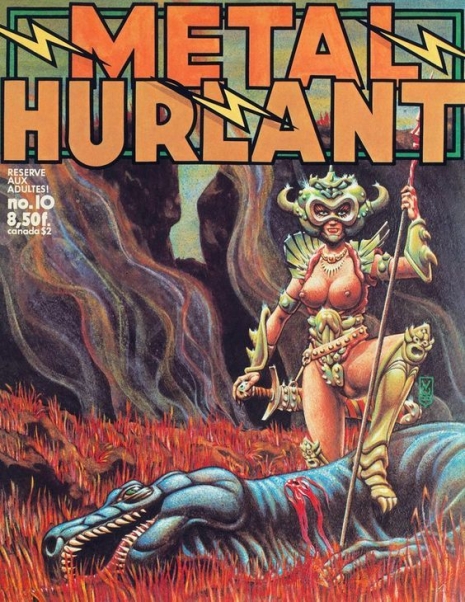
Cover art by Voss for Métal Hurlant #10, October 1976.
Much more after the jump…







